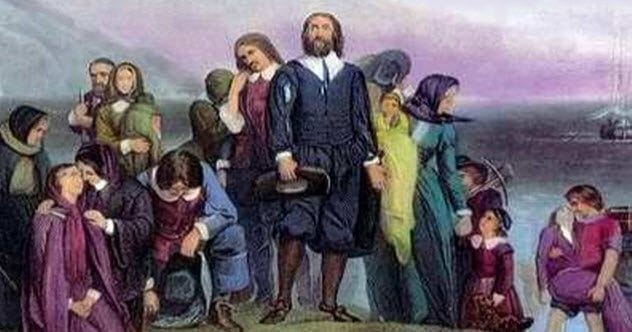History, especially when it comes to clothing, is full of surprises. What we often see in movies and popular culture isn’t always accurate. Our perception of historical fashion is full of misconceptions. So, let’s dive into ten of the biggest myths about historical clothing and fashion!
Skirts: Not Just for Women
Today, skirts are mostly seen as women’s wear, but it wasn’t always like this. Historically, skirts were unisex. Many ancient cultures had men wearing skirts. Think of the kilts in Scotland, Greek togas, or traditional Albanian attire. The origin of skirts is believed to be from Ancient Egypt, where men often wore them for comfort in the hot climate, while women preferred dresses.
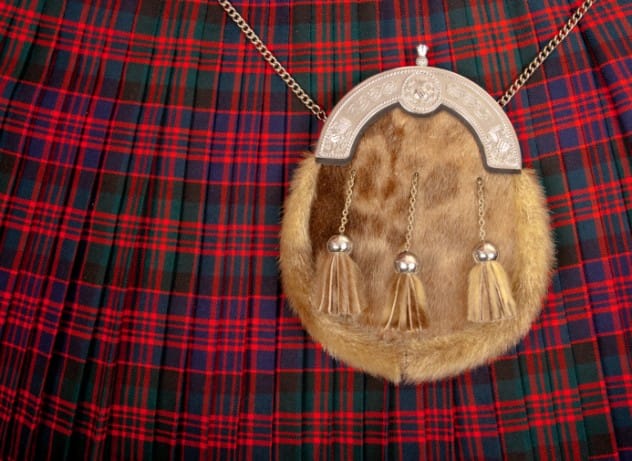
Pilgrim Clothing: More Colorful Than You Think
We picture Pilgrims in black clothes with metal buckles, thanks to media portrayals. However, that image is mainly of famous Pilgrim figures, not everyday Pilgrims. They wore various colors, including bright ones. Black was less common than we believe. Linen clothing, loose gowns, knitted fabrics, and waistcoats were typical. Men wore leather boots, while women wore ankle-length dresses with lace. Children often wore dress-like garments regardless of sex, practicality taking precedence over fashion.
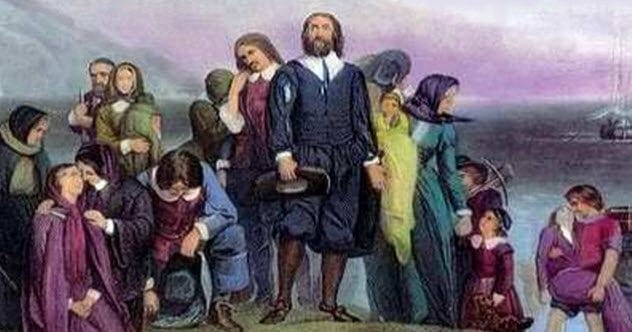
High Heels: Originally for Men
Believe it or not, high heels were initially for men! Dating back to the 10th century, Persian cavalry wore them for military advantages. High heels later became a symbol of status. In the French aristocracy, men emphasized their legs and feet through fashion. Only recently have high heels become strongly associated with women.
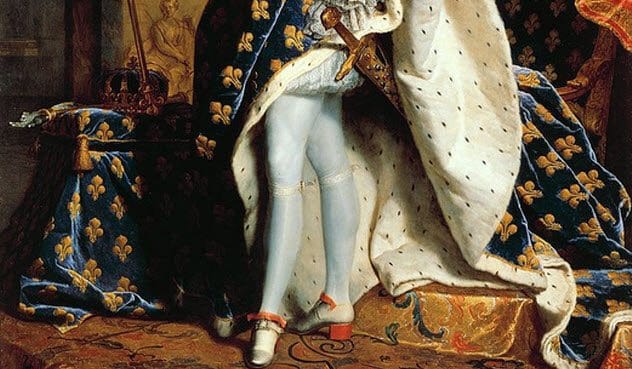
Corsets: Not Always a Torture Device
Corsets are often seen as controversial garments used to enforce unrealistic beauty standards. But this isn’t entirely accurate. While corsets were popular among women seeking a specific figure, the claims of physical harm are often overstated when used reasonably. Historically, both men and women wore corsets, and many women chose to wear them. With the rise of recent fashion trends, corsets are making a modern comeback.
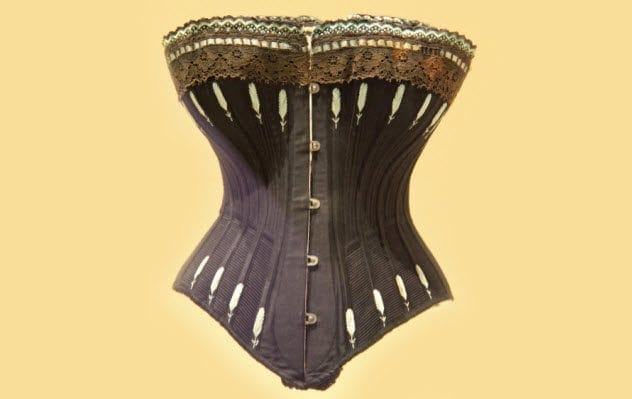
Viking Helmets: No Horns Here!
The iconic image of Viking helmets with horns is misleading. There’s no evidence that horned helmets were used in combat. Recovered helmets lack such appendages. Horns would have been impractical and dangerous in battle. However, some evidence suggests that horned helmets may have been used for ceremonies or decorative purposes.

Dresses: A Universal Wardrobe Staple
Like skirts, dresses were initially worn by both sexes. These versatile garments have a long, varied history. Ancient Mesopotamia, Egypt, and China all have records of dresses. They were favored for their practicality, worn by commoners, royalty, and even military personnel. Dresses were easy to make and comfortable in hot climates.
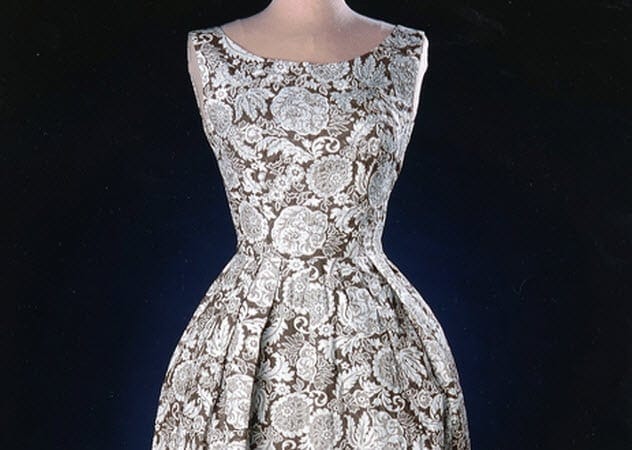
Rib Removal Surgery: More Myth Than Reality
Rib removal surgery is rumored to have been a common practice for women seeking a slimmer figure. Despite the controversy, there is little evidence to suggest this was a widespread practice. The procedure would have been highly dangerous given the medical practices of the time. Rib removal surgery seems to be a more modern invention rather than a historical norm.

Mad Hatter: The Truth Behind Mercury Exposure
The phrase “mad as a hatter” comes from the use of mercury in hat-making. The misconception is that hat wearers went insane from mercury exposure. However, mercury mainly affected hatmakers. Hatters suffered severe health issues from working with mercury, making it a hazardous profession.

Wigs: An Ancient Fashion Statement
Wigs have a long history, dating back to Ancient Egypt. Both men and women wore them. Egyptians often shaved their heads due to the heat and wore wigs for ceremonies and formal events. In colonial America, wigs signified class, power, and political leaning. Progressives were less likely to wear wigs, while conservatives preferred them. Wigs were also expensive and not affordable for the working class.
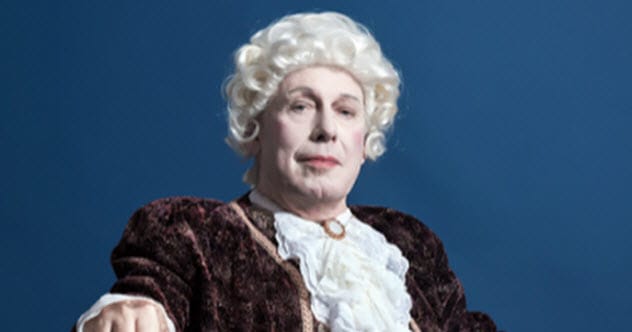
Military Uniforms: Not Always Flashy
Our perception of historical military uniforms often comes from Hollywood, which exaggerates. While military uniforms were more colorful than today, the flashy depictions in media are often overdone. Many uniforms across different countries, including the United States, were more practical, featuring dark blues, greys, and olive tones.
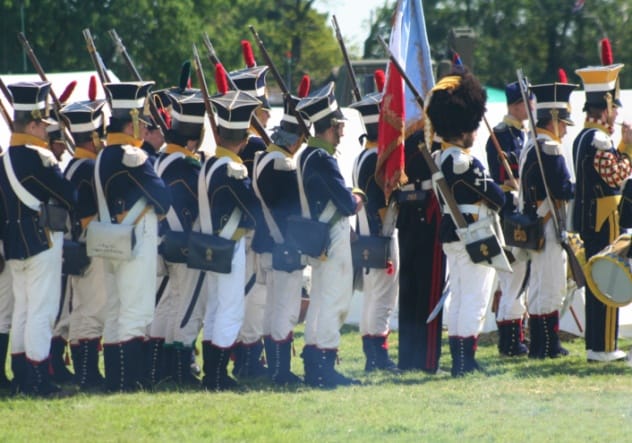
From unisex skirts to the reality of Viking helmets, historical clothing is full of surprises. What we see in media isn’t always accurate. By understanding these misconceptions, we can appreciate the true, complex history of fashion.
What surprised you the most? Leave your comment below!


